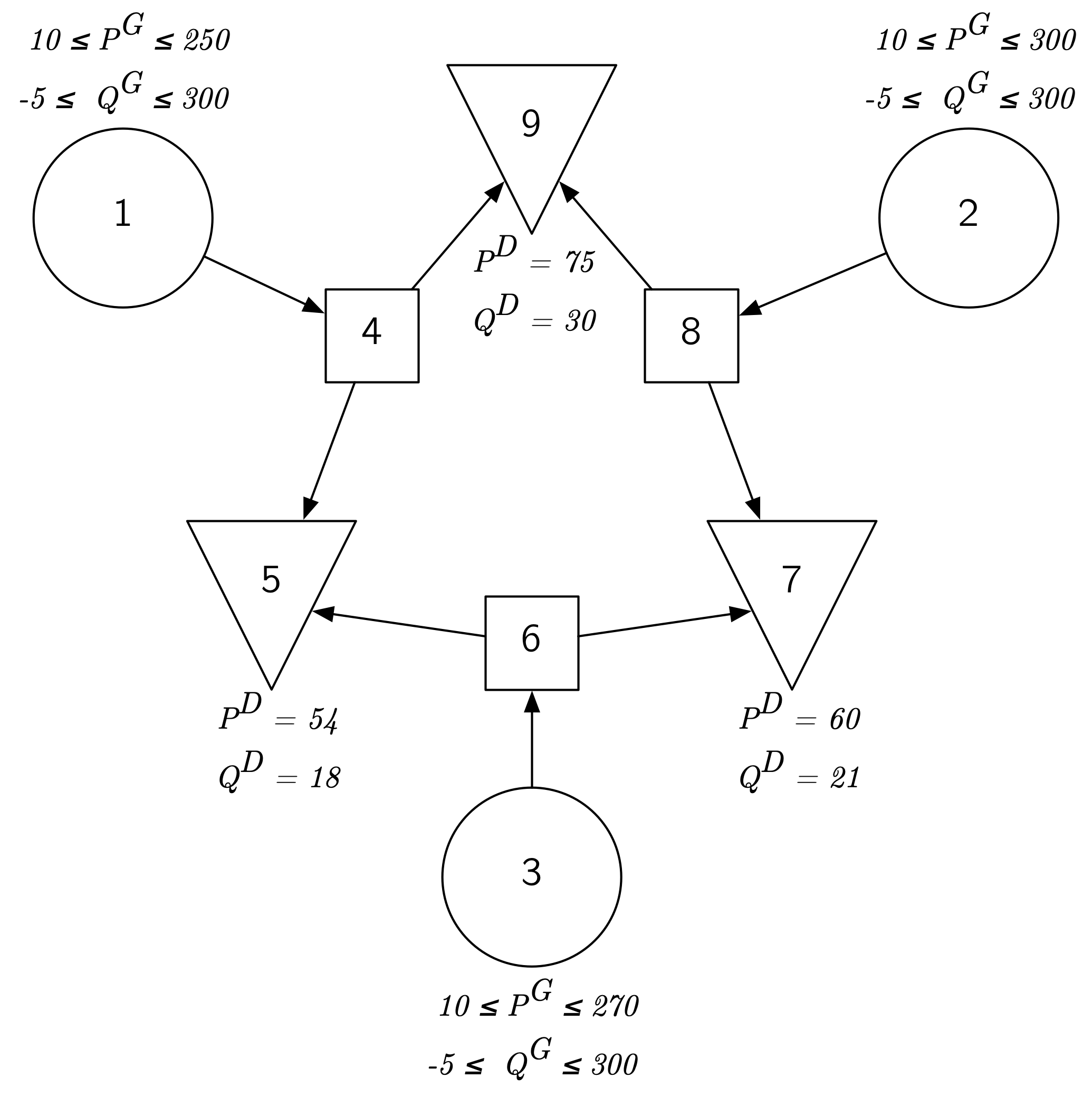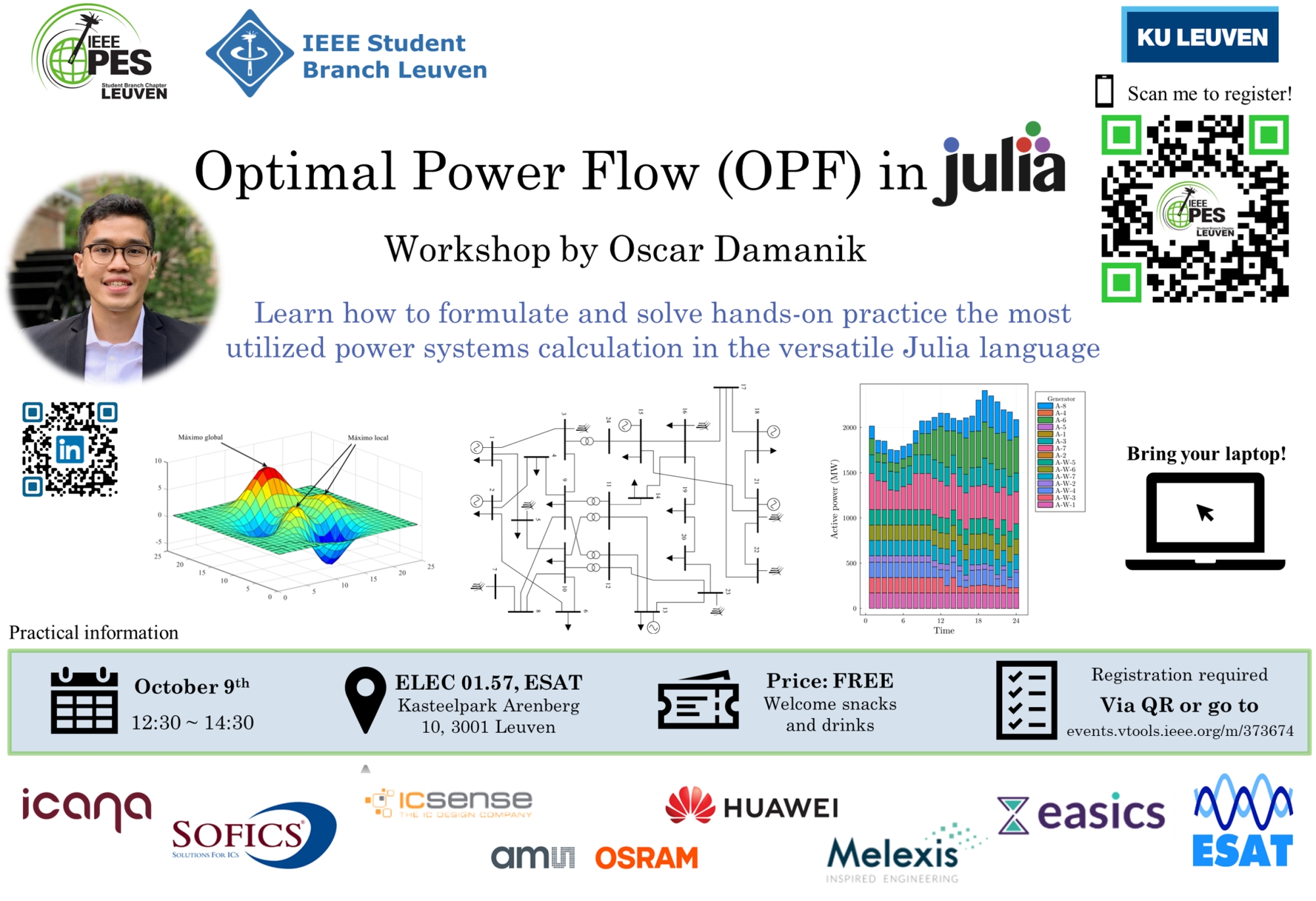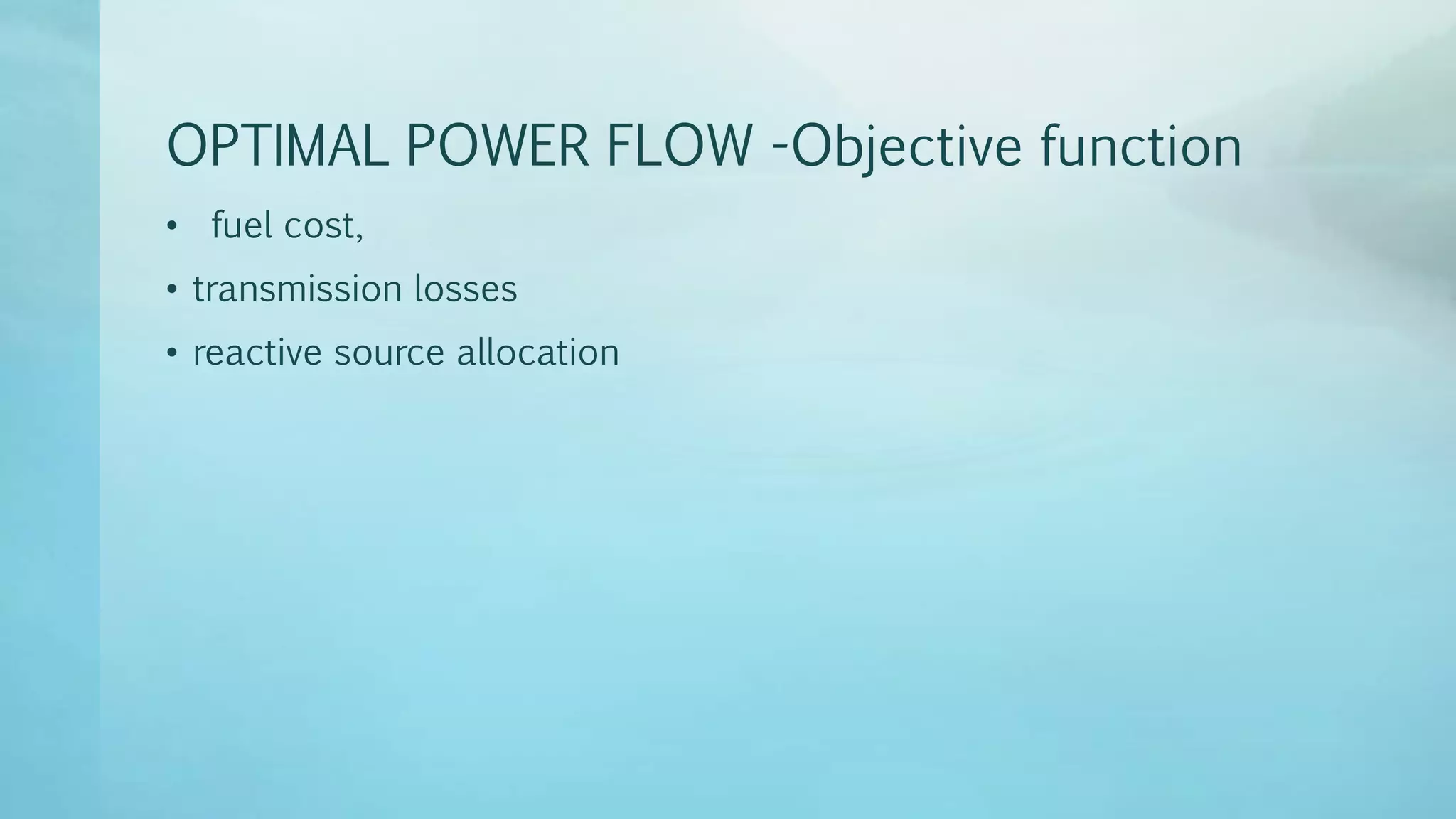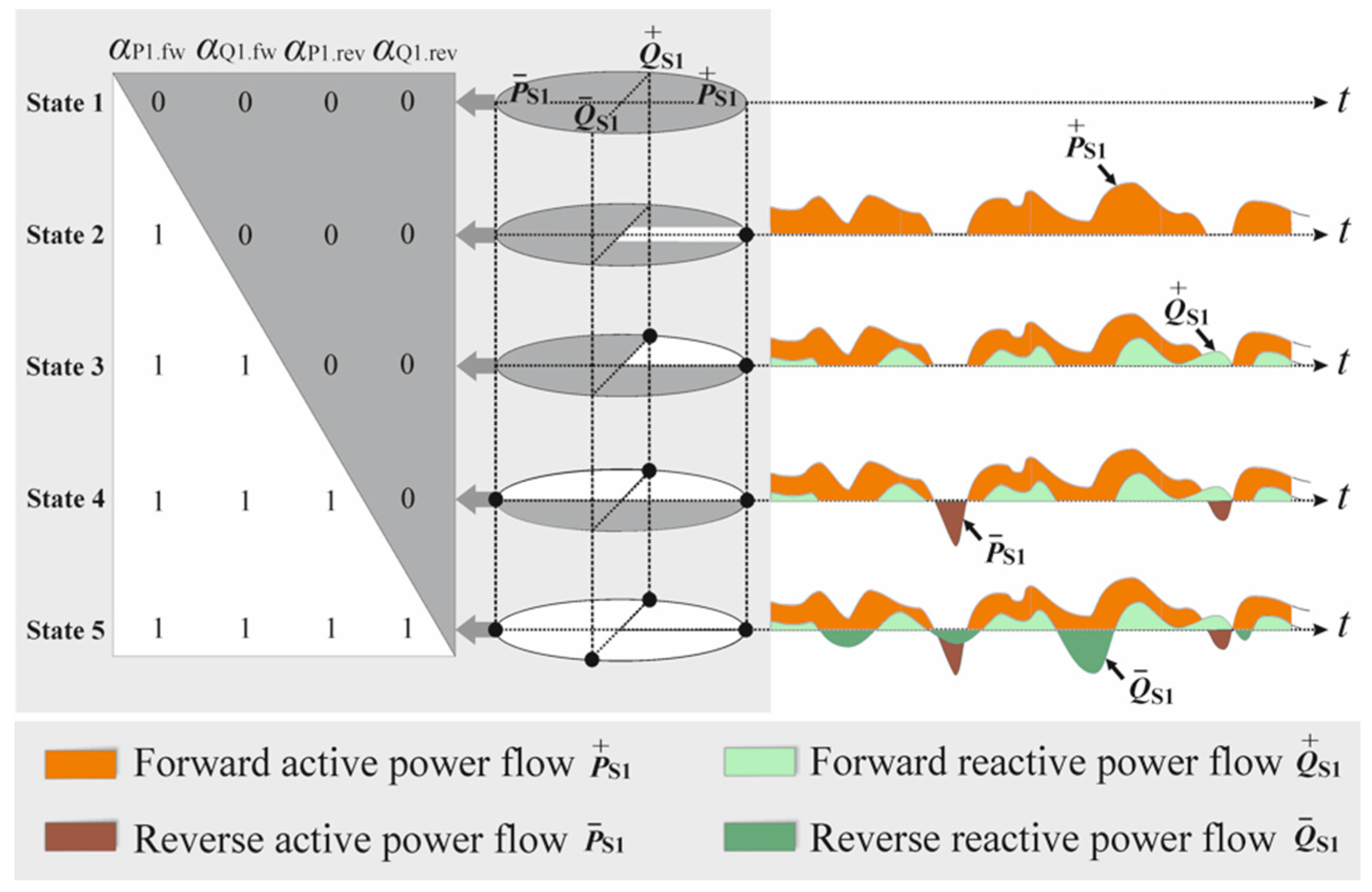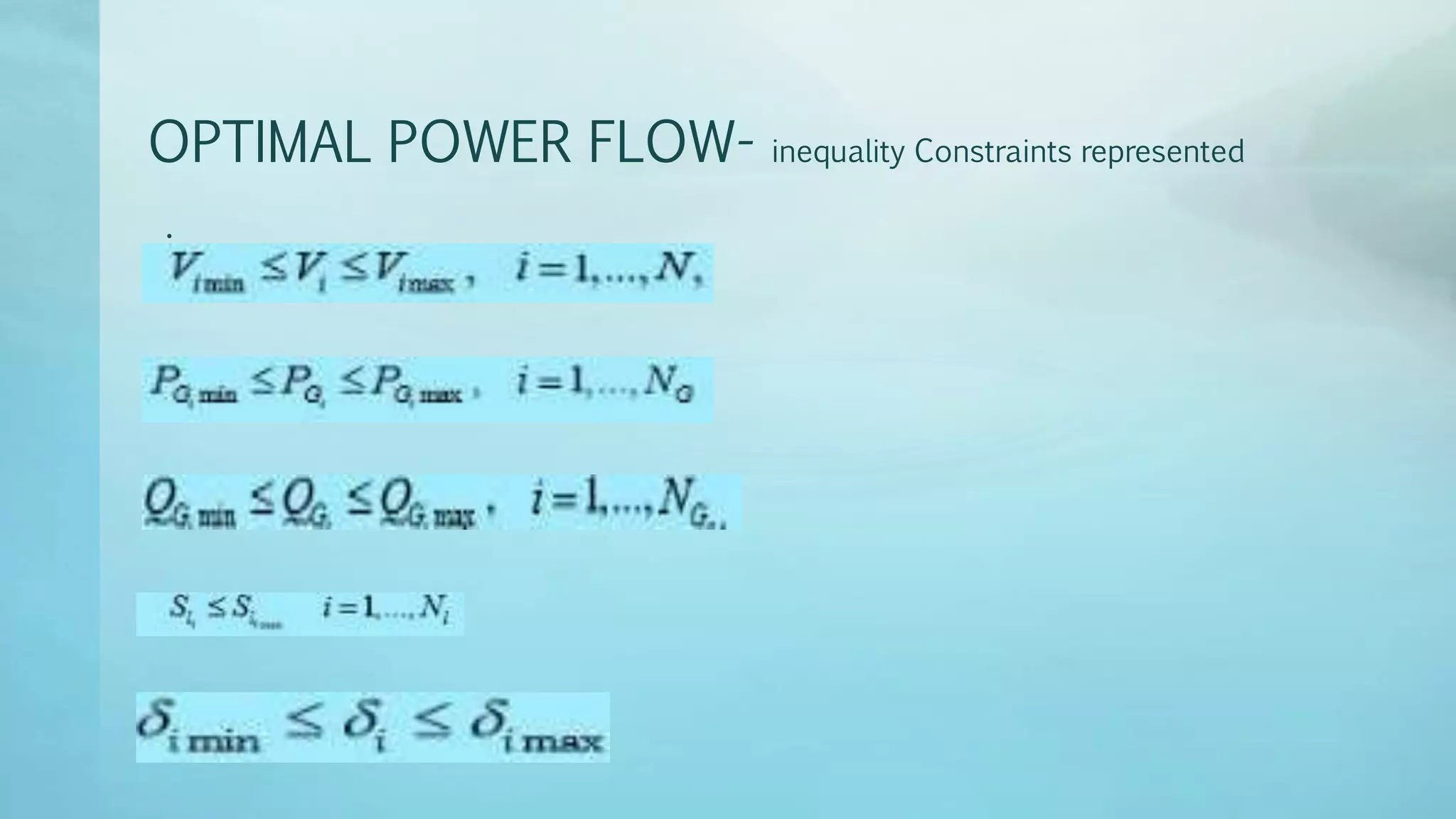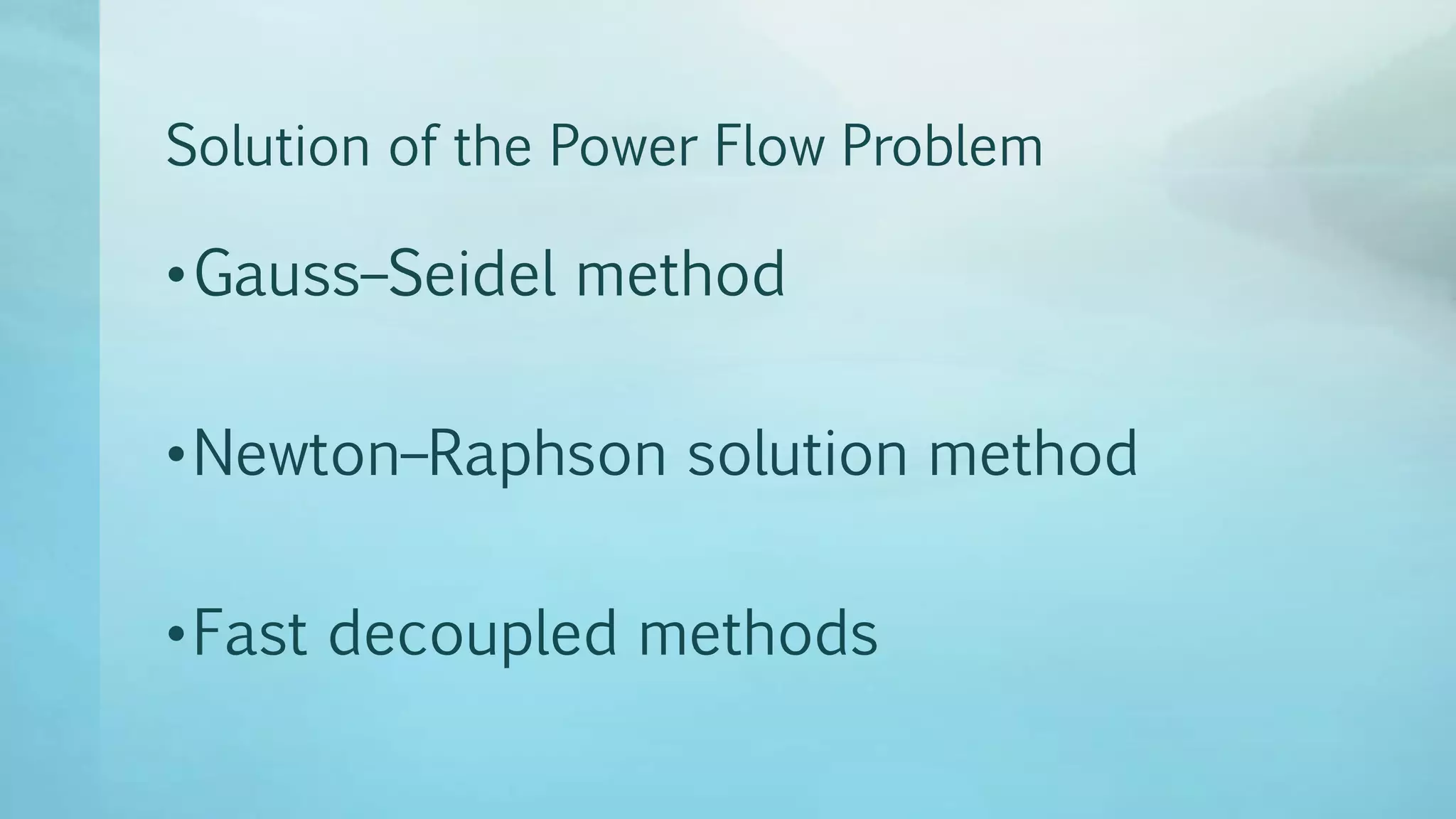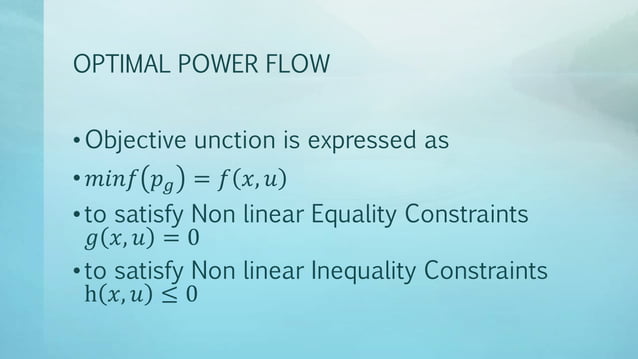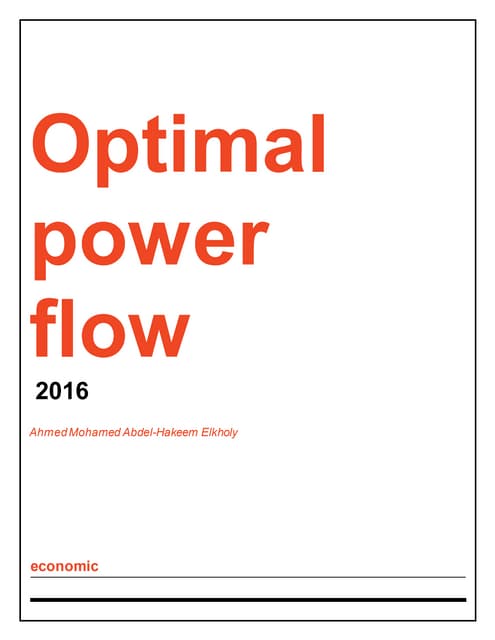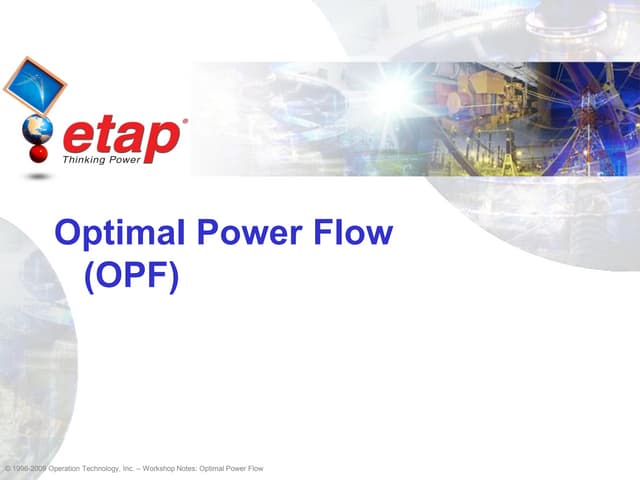Continuous Action Potential Games With Applications To Optimal Power Flow

The stability of our electrical grids, the arteries of modern civilization, is under constant pressure. Fluctuating energy demands, the integration of intermittent renewable sources, and the ever-present threat of cascading failures require innovative solutions beyond traditional power flow management. Now, researchers are exploring a surprising new approach: harnessing the principles of continuous action potential models, typically used in neuroscience, to optimize power flow in electrical grids.
This approach promises to revolutionize how we manage complex power systems. It offers the potential for faster, more efficient, and more resilient grid operations. It could be a crucial tool in navigating the complexities of modern energy demands and integrating renewable energy sources effectively.
The Core Idea: From Neurons to Power Grids
At its heart, this research leverages the mathematical similarities between neuronal networks and electrical grids. The flow of information in a neuron is akin to the flow of power in a grid, both governed by complex, interconnected systems. By modeling power flow using equations derived from continuous action potential models, researchers aim to develop algorithms that can dynamically optimize grid operations in real-time.
“We're essentially treating the power grid as a giant, interconnected neural network,” explains Dr. Anya Sharma, lead researcher on the project at the National Renewable Energy Laboratory (NREL). "The voltage at each bus in the grid is analogous to the membrane potential of a neuron, and the power flow between buses is analogous to the flow of ions across the neuronal membrane.”
This analogy allows researchers to borrow powerful mathematical tools developed for neuroscience. These tools are then applied to the challenging problem of optimal power flow (OPF).
Optimal Power Flow: A Critical Challenge
Optimal Power Flow (OPF) is a fundamental problem in power system operations. The goal is to determine the best settings for generation, transmission, and distribution resources. It ensures the grid operates efficiently and reliably while meeting electricity demand.
Traditional OPF methods often struggle with the computational complexity of large-scale grids and the dynamic nature of renewable energy sources. This can lead to slow response times and potential instability in the system.
“Traditional methods are iterative and can be computationally expensive,” says Professor Ben Carter, an expert in power systems engineering at Stanford University. “The continuous action potential approach offers the potential for faster convergence and better handling of uncertainty.”
The Continuous Action Potential Approach
The continuous action potential model represents the dynamics of neuronal membrane potential using differential equations. It captures the complex interactions between ion channels and currents. By adapting these equations to model power flow, researchers can simulate the behavior of the grid in a continuous and dynamic manner.
This approach allows for the development of control algorithms that can rapidly adjust grid parameters. The goal is to maintain stability and optimize power flow in response to changing conditions.
Researchers have developed a “game-theoretic” framework. This treats each component of the power grid as a strategic player. The goal is to optimize its own operation while considering the actions of other players. This mirrors the competitive but cooperative nature of neurons in a neural network.
Advantages and Potential Applications
The potential advantages of this approach are significant. Faster optimization allows for more efficient use of resources, leading to lower electricity costs. Improved stability enhances the resilience of the grid against disturbances, reducing the risk of blackouts.
Perhaps most crucially, it facilitates the integration of renewable energy sources. Renewable sources can be integrated by accommodating their intermittent nature more effectively.
“One of the biggest challenges in integrating renewables is their variability,” notes Dr. Sharma. “This approach allows us to dynamically adjust grid parameters in real-time to accommodate fluctuations in wind and solar power, ensuring a stable and reliable supply of electricity.”
Challenges and Future Directions
While promising, the continuous action potential approach is still in its early stages of development. Significant challenges remain before it can be widely deployed in real-world power grids. One key challenge is the computational cost of solving the complex differential equations that govern the model.
Another challenge is the need for accurate data on grid parameters and operating conditions. This data is crucial for calibrating the model and ensuring its accuracy.
Despite these challenges, researchers are optimistic about the future of this technology. Ongoing research focuses on developing more efficient algorithms and incorporating machine learning techniques to improve the accuracy and reliability of the models. "We're exploring the use of deep learning to predict grid behavior and optimize control parameters in real-time," says Professor Carter.
Industry Perspective
The energy industry is watching these developments with keen interest. Utilities are under increasing pressure to improve grid efficiency, reduce costs, and integrate renewable energy sources.
“We are always looking for innovative solutions to optimize our grid operations,” says David Miller, Chief Technology Officer at Consolidated Edison. “The continuous action potential approach is a promising technology that could potentially help us improve grid resilience and integrate more renewable energy.”
However, Miller also cautions that further research and development are needed before this technology can be widely adopted. More is needed to ensure that it is robust and reliable in real-world operating conditions.
Conclusion: A Promising Path Forward
The application of continuous action potential models to optimal power flow represents a bold and innovative approach to a critical challenge. While challenges remain, the potential benefits of this technology are too significant to ignore. As research progresses and computational power increases, this approach could revolutionize how we manage our electrical grids. It could usher in a new era of efficiency, resilience, and sustainability in the power sector.
The fusion of neuroscience and power engineering, while seemingly unconventional, offers a powerful pathway to a more reliable and sustainable energy future. It could be a vital tool in tackling the complexities of modern energy demands. It also enables the effective integration of renewable energy sources into our energy infrastructure.
.jpg)


